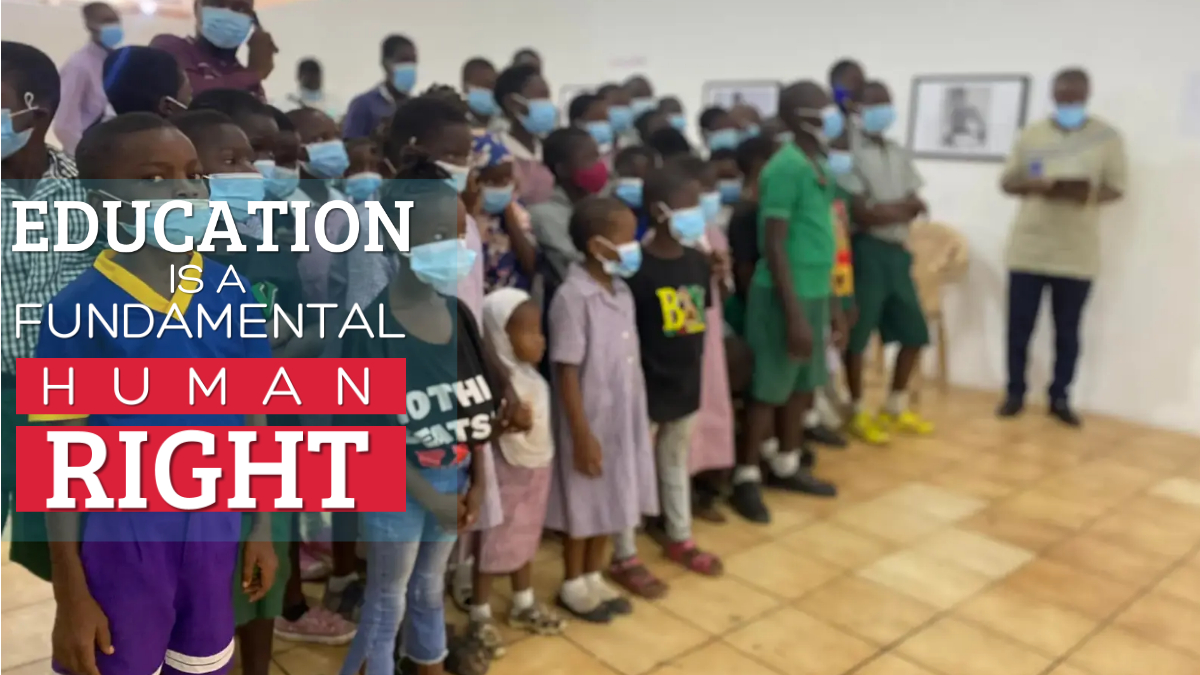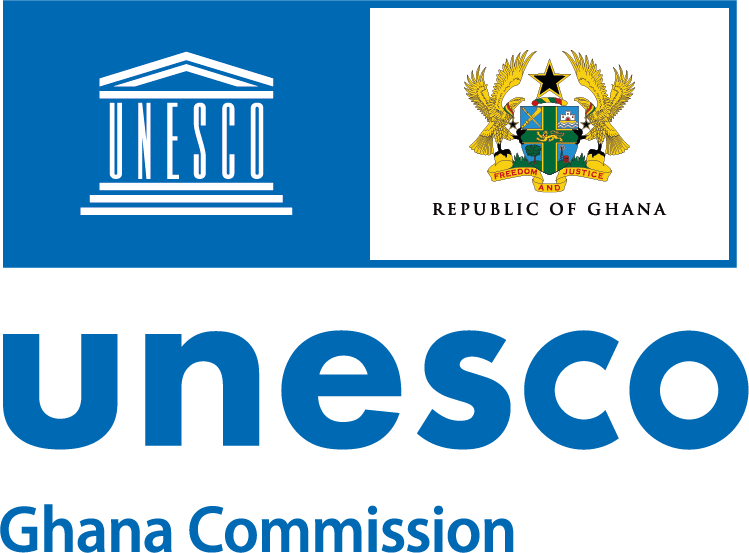- Login to ASPnet | Ghana Commission for UNESCO | Government Agency Responsible for the coordination of Ghana's contributions to and presence at UNESCO
BOYS FACE A SIGNIFICANT RISK OF NOT COMPLETING THEIR EDUCATION WARNS UNESCO REPORT

In a recent UNESCO global report on males’ educational disengagement, it is seen that while girls have more difficulties accessing education and make up the bulk of out-of-school children in primary school, boys experience increasing challenges as they progress through school.
According to the survey, the situation is dire in North America, Western Europe, Latin America, and the Caribbean, with 81 young males for every 100 young women enrolled in tertiary education, compared to 87 in East Asia and the Pacific, and 91 in the Arab States and Central and Eastern Europe. Whereas globally, only 88 men are enrolled in tertiary education for every 100 women.
The statistics revealed a global pattern, with child labor and poverty among the factors preventing males from pursuing an education. Due to a lack of a protective legislative framework, 97 million of the 160 million children involved in labor activities in 2020 were boys. Out of the 146 nations with data, 55 have a minimum age for employment that is associated with the country’s last mandated years of obligatory schooling and is above the age of 15, while 31% have a minimum age for employment that is below the age of 15 or do not explicitly define a minimum age.
In some countries, boys aged 10 do worse than girls in mastering reading abilities, while adolescent boys continue to lag behind girls in secondary reading skills. All of East Asia and the Pacific, Latin America and the Caribbean, and the Arab States, which have some of the highest percentages of male dropouts, show this pattern.
The Director-General of UNESCO, Madam Audrey Azoulay, is urging all countries to take steps to minimize child labor and poverty, which cause boys to drop out of school. “States must coordinate the minimum age of employment with the end of compulsory schooling to avoid this,” she argues.
According to the survey’s findings, only a few initiatives and activities address males’ disengagement from schooling. It includes specific recommendations for preventing boy dropouts, making learning safe and inclusive, investing in better data and evidence, developing and funding equitable education systems, and promoting integrated and coordinated measures to improve education for all students.
To access the full report, please visit here
